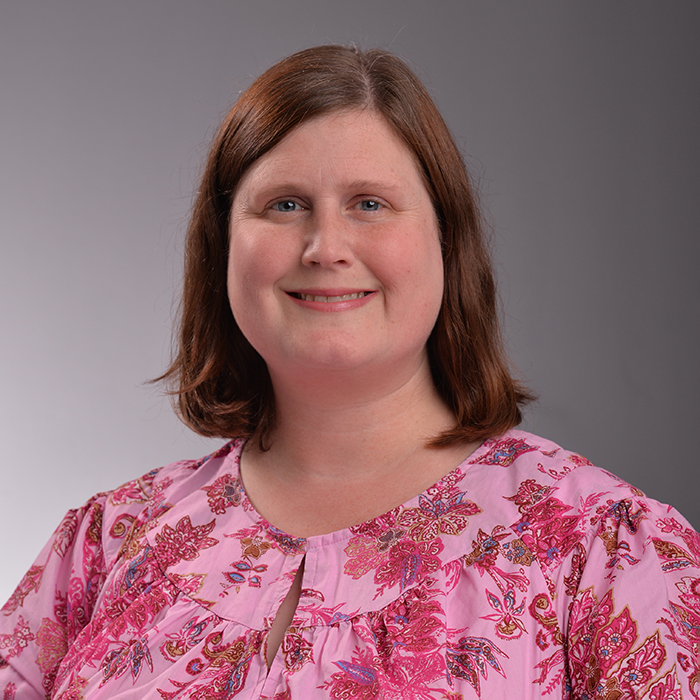Office Hours
Mis- and Disinformation
Assistant University Librarian for Development and Communications Joyce Garczynski talks about mis- and disinformation: what it is, where you find it and how you can combat it.
The term fake news is problematic in that it’s defined differently by different audiences.
Some people use it synonymously with mis- and disinformation and talk especially about the mal-intent and manipulative nature of information. Others use it to refer to information that is contrary to their point of view. When you have a term that can be used in multiple ways like that, it becomes essentially meaningless.
The distinction between misinformation and disinformation has to do with intent.
If someone’s misinformed, there isn’t that intent behind the incorrect information. It’s almost accidental. Whereas disinformation has the intent to manipulate or cause harm.
We live in a world where we’re incentivized to take shortcuts.
If we had to evaluate every piece of information that came our way, we wouldn’t be able to function. The problem comes when we overuse those shortcuts.
We’re also cognitively biased in the sense that we want information that agrees with our point of view. We pick and choose our sources, and we don’t necessarily evaluate information that comes from people who are like minded. So we keep having this one-sided diet of information. We spread it to further like-minded people using social media, for example, and that’s how it catches on.
As librarians, our bread and butter is teaching students how to evaluate the information they find.
So what do we do about it?
For the most part, what we’re seeing are technology and political solutions. It’s not uncommon to see tech executives brought to testify before Congress. To a very much lesser extent, we’re seeing educational solutions proposed. That’s what my research looks at: who are considered experts when it comes to mis- and disinformation in a national newspaper article. I’ve coded who’s quoted in each news story in a national newspaper about disinformation or fake news since November 2016 all the way through the end of 2022. I looked at their gender and what solutions they propose.
I found that overwhelmingly they are tech executives, they are politicians and coming in third are professors or academics. And what I found is educators’ voices are not represented in the national media. Of about 750 quotes, teachers and librarians represented a little over 1%.
... what I found is educators’ voices are not represented in the national media. Of about 750 quotes, teachers and librarians represented a little over 1%.
As librarians, our bread and butter is teaching students how to evaluate the information they find and prepare them for this information ecosystem that they’re in.
A lot of times students come to Towson University with these assumptions about information, shortcuts they’ve been taught: If it’s a .com, it’s bad. If it’s a .org or a .gov, it’s good. I try to disrupt that notion. You can’t judge the quality of information based on its domain.
I encourage them through an exercise where they look at different search methods to ask why the author created the information. What does the author have to gain if the reader believes what they’re saying? And I tell journalism students, “This is of critical importance to you because you lend your credibility to your sources. If you are citing something that isn’t credible, you become not credible and that hurts your reputation.” It helps our students identify with the need to really think about the sources they cite because it becomes personal.
I’m hopeful that as librarians continue to successfully teach students how to identify credible information, the national conversation will shift to recognize education as an effective solution to our ongoing mis- and disinformation challenges.
I teach a mass communication 101 course about the role of influencers in purchasing decisions. Students can often readily recall when they’ve seen a product in their social media feeds that was less than what an influencer claimed it to be. I then use that conversation to get them thinking about other areas where information credibility may not be all it initially seems, such as politics and health.
I also encourage them to look at advertisements. A lot of times students assume, “Oh, it has ads, it’s bad.” And I say, “Well, no, you’ve got to look at where the ads go because national brands aren’t going to risk their reputation on something that’s not legitimate.”
You also want to look at where the links go because our brains assume a link goes back to that original source. And the problem is nefarious websites load their stories with links to appear credible, but when you hover over those links, they go to the site’s store, for example, where they’re trying to sell you their miracle cure.
I’m hopeful that as librarians continue to successfully teach students how to identify credible information, the national conversation will shift to recognize education as an effective solution to our ongoing mis- and disinformation challenges.
This article originally appeared in the Fall 2023 issue of TU Magazine.
